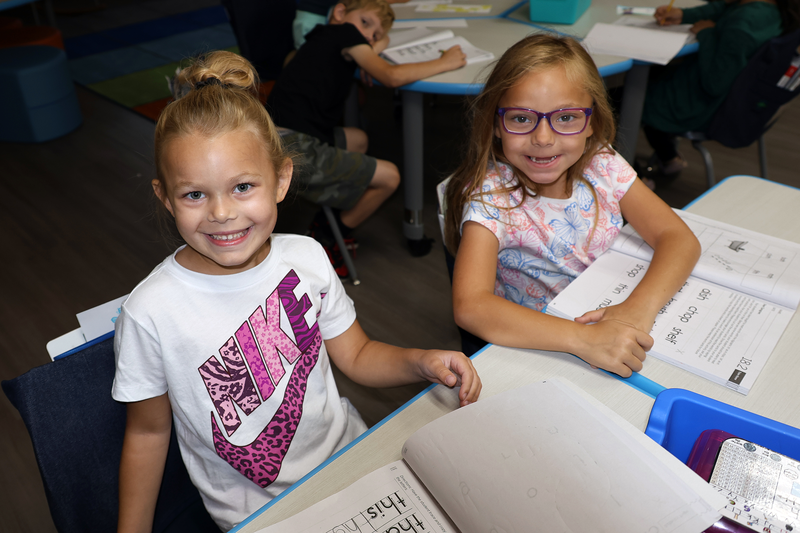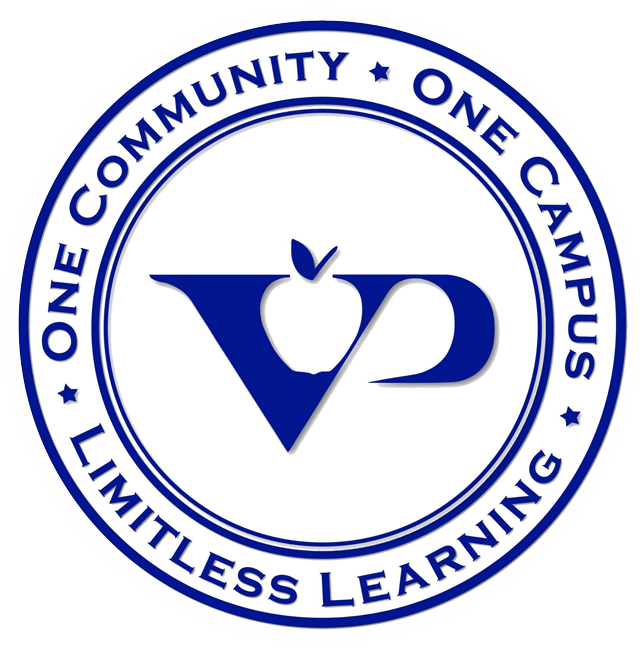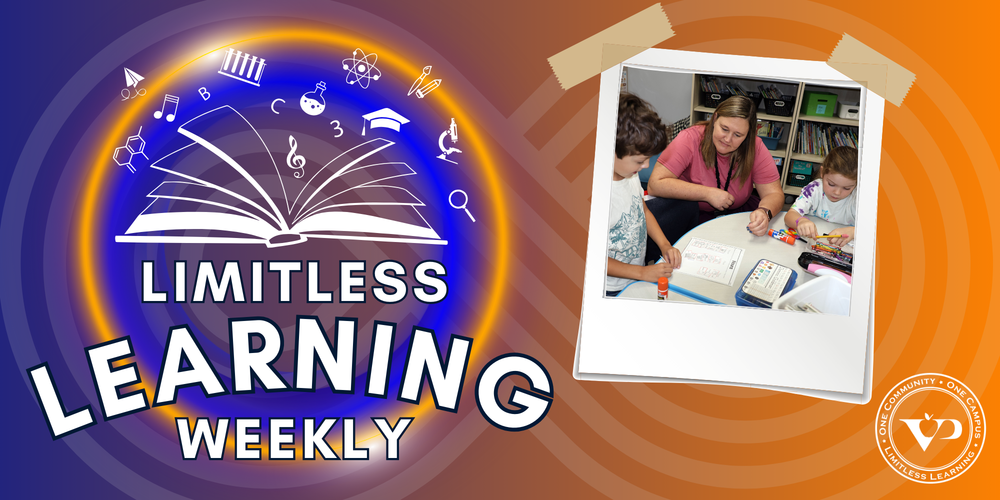Step into a first grade classroom and you’ll quickly see that “ordinary” doesn’t mean ordinary at all. Every lesson, game and conversation is carefully designed to spark curiosity, build skills and keep students actively engaged in learning.
During English Language Arts, students are exploring new spelling strategies through something called large card chaining. Imagine oversized word cards spread out across the room. Students move, rearrange and physically build words while talking through spelling patterns. Dr. Overman, one of our first grader teachers, explained, “It’s hands-on, energetic and full of “aha!” moments that stick with kids far longer than simply writing in a notebook.”
Reading is also a time for collaboration. As the class dives into fables, students practice partner talk. This is when they discuss story elements, make predictions and compare lessons from the tales. These conversations build not only comprehension but also vocabulary. In the process, students strengthen their confidence to share ideas out loud, an important skill that carries across all subjects.
Math in first grade is just as interactive. Instead of working quietly and alone, students pair up to play math games that focus on building 10, a critical foundation for future problem-solving. Along the way, they’re also practicing what it means to be a good partner by listening, taking turns and encouraging each other.
What might look like “ordinary” classroom routines: spelling practice, reading stories, playing math games are actually highlights of how first grade teachers foster high academic engagement. By blending movement, conversation, collaboration and fun, they ensure every student is active in their learning, every single day.
Check out the First Grade in Action by Clicking the Photo Below.

